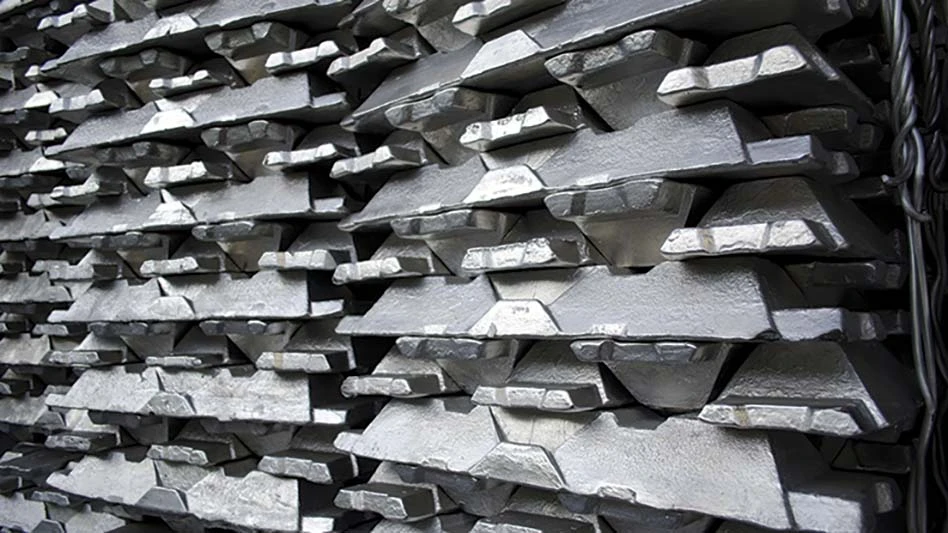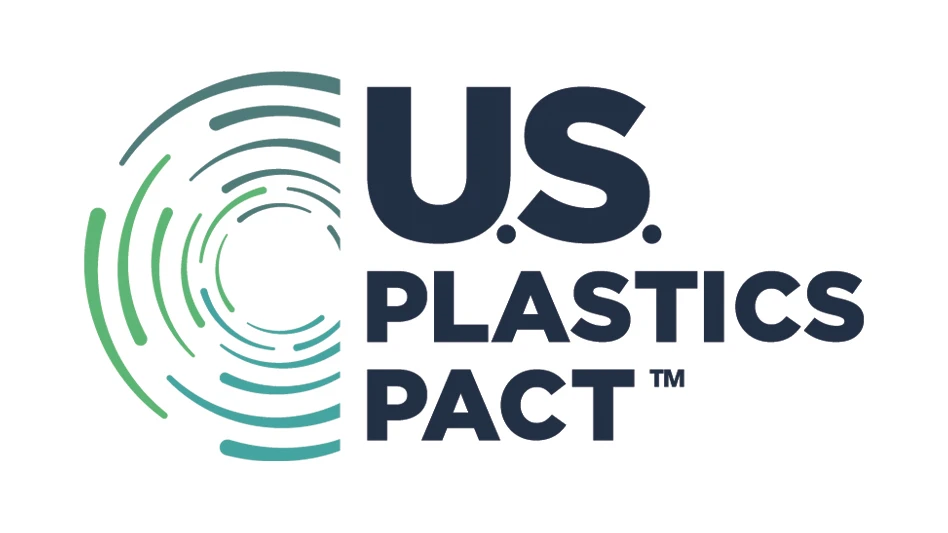Looking back at 2021, recovered paper demand was robust for much of the year. Containerboard mills ran strongly, driven largely by e-commerce demand.
A material recovery facility (MRF) operator based in the Midwest says mills seemed to have an “insatiable appetite” for recovered paper in August and September of 2021. At that point, generation was lower, while demand remained particularly strong for old corrugated containers (OCC) and mixed paper.
“[Mills] had called and asked for more material, and we had to turn people away,” he says of those months.
But in the last two months of 2021, the MRF operator says demand from mills had softened. He notes he is still moving OCC and mixed paper bales to mills as of early December but adds that they aren’t requesting additional tons as they had in late summer.
“What we’re hearing is now mills are full and phones are not ringing for additional loads,” he says.
"New capacity is coming online in 2022, and prices might come up a little bit.” – a recycler based in the South
Softer demand resulted in domestic prices for most recovered paper grades dipping by from $10 to $20 per ton in the December buying period, according to Fastmarkets RISI’s Dec. 6, 2021, PPI Pulp & Paper Week report.
Recyclers and mill buyers alike say the softer demand is seasonal in part. With the Thanksgiving and Christmas holidays at the end of the year, generation of OCC is higher than in the summer.
A broker based on the East Coast says even retail generation has been much better in the fall of 2021 than it was earlier in the year.
A buyer for a large mill group says domestic supply has increased partly because of challenges with export. As of December, securing container space was still problematic for recyclers and traders hoping to ship recovered paper overseas. “It’s leaving more material in the domestic market,” the mill buyer says.

Despite shipping issues in 2021, U.S. recyclers and traders managed to export more recovered paper than they did in 2020. During the 10th Asian Recycled Fiber and Containerboard Conference hosted by Boston-based Fastmarkets RISI in early December 2021 in Wuhan, China, Brett Biggers, senior economist with the Washington-based Institute of Scrap Recycling Industries, reported that scrap paper exports from the United States increased by 14 percent in the first nine months of 2021 compared with the same time frame in 2020.
India serves as the largest volume buyer of recovered paper exported from the U.S. That nation is importing more fiber not only to feed its own paper and board mills but also to produce rolled recycled-content pulp that is being exported to China.
Mexico and Canada also were among the 10 largest buyers of recovered paper from the U.S. in the first three quarters of 2021, and seven other Asian countries join India on that list.
“Export demand is there, but the ability to ship and get containers is difficult,” a broker in the Midwest explains. “It’s slowing the outflow of paper. It’s not like demand isn’t there if you got a container.”
Demand also remains strong for sorted office paper (SOP), yet supplies are lower. A recycler based in the South says many printers are short on paper, which has led to less printing scrap generation. As a result, prices for SOP and other tissue grades have continued to increase.
The broker based on the East Coast says office scrap generation also was soft throughout 2021. “I can tell you that every domestic mill and export mill is looking for office waste and coated bookstock to make toilet paper. It will be like that for a while.”

While most recovered paper grades took a slight hit in price to end 2021, recyclers and mill buyers say they think prices could inch upward again in the first quarter of this year. “New capacity is coming online in 2022, and prices might come up a little bit,” the recycler in the South says.
NORPAC, Celadon, Sonoco, Graphic Packaging, Atlantic Packaging and Cascades have plans to add capacity to consume recovered paper this year.
Although contacts are optimistic about 2022, an unknown as of early December 2021 is whether the COVID-19 omicron variant will adversely affect scrap paper markets.
“I hope it’s not a big deal,” the broker on the East Coast says. “But you just don’t know what is going to happen.”

Explore the January 2022 Issue
Check out more from this issue and find your next story to read.
Latest from Recycling Today
- British Steel mill subject of UK government intervention
- NRC seeks speakers for October event
- LME identifies Hong Kong warehouses
- Greenville, Mississippi, launches aluminum can recycling program
- Cotton Lives On kicks off 2025 recycling activities
- Georgia-Pacific names president of corrugated business
- Sev.en Global Investments completes acquisitions of Celsa Steel UK, Celsa Nordic
- Wisconsin Aluminum Foundry is a finalist for US manufacturing leadership award





